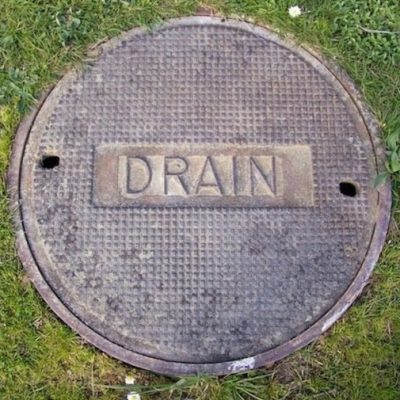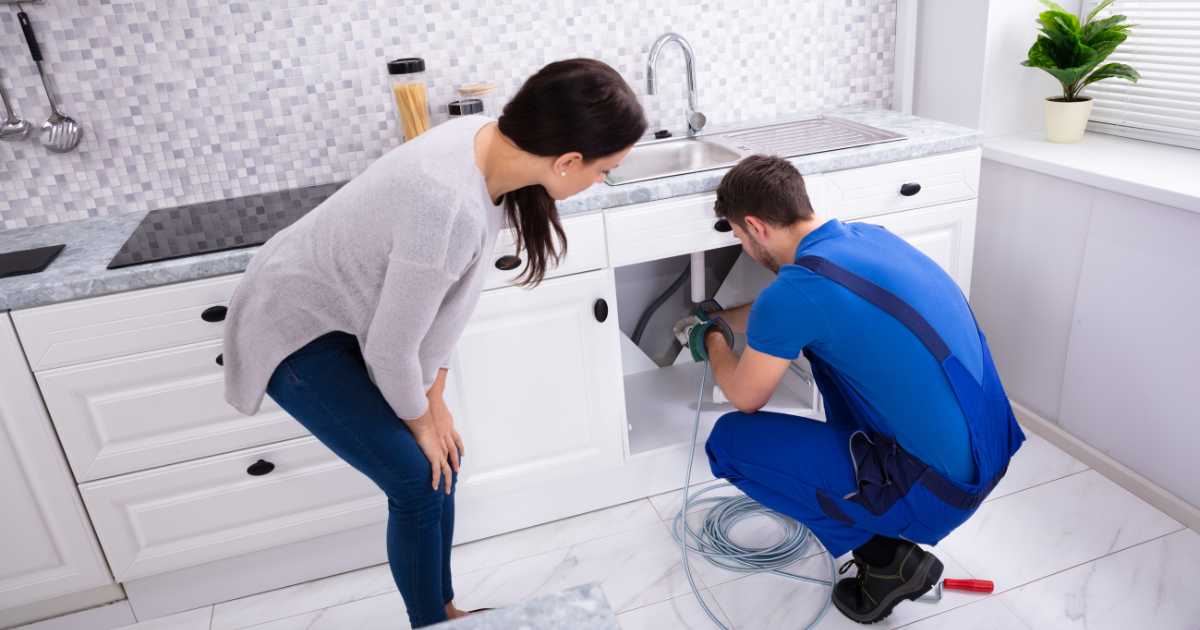Tips for Handling a Blocked Drain Prior to Contacting Plumbing Professionals
Tips for Handling a Blocked Drain Prior to Contacting Plumbing Professionals
Blog Article
They are making several good annotation regarding How to handle a clogged drain in your home as a whole in this post below.

Introduction
Dealing with a blocked drain can be an aggravating experience, interrupting daily activities and potentially creating damage to your home. Nevertheless, before reaching out to pipes experts, there are steps you can require to attend to the concern yourself. In this guide, we'll explore do it yourself options and preventive measures to deal with a blocked drainpipe efficiently.
Recognizing the Issue
The first step in addressing an obstructed drain is acknowledging the signs. Sluggish drainage, gurgling noises, foul odors originating from drains pipes, or water support up prevail signs of an obstructed drain. Recognizing these signs early can aid stop additionally difficulties.
Picking the Right Pipes Service
When picking a pipes solution, consider variables such as experience, licensing, and customer evaluations. Pick a reputable plumbing technician with a track record of high quality handiwork and transparent rates techniques.
Cost Factors to consider
The cost of specialist drain cleaning services can vary depending upon the seriousness of the blockage and the plumber's prices. Request quotes from multiple service providers and ask about any additional charges to make sure openness and stay clear of surprises.
Security Precautions
When attempting do it yourself drainpipe cleaning, focus on safety and security. Wear safety handwear covers and eyeglasses to avoid contact with unsafe chemicals or germs. Never mix various drain cleaning products, as this can create harmful fumes.
Case Researches
Real-life examples illustrate the performance of do it yourself remedies and the relevance of prompt specialist intervention in settling drainpipe obstructions.
Usual Causes of Blocked Drainpipes
Recognizing the variables that contribute to drain obstructions is crucial for effective resolution. Typical wrongdoers consist of hair, soap scum, oil, food debris, and international items like sanitary products or paper towels. Tree origins attacking underground pipelines can additionally create significant clogs.
DIY Solutions
For minor obstructions, a number of DIY services can be efficient. Putting boiling thin down the drainpipe can aid liquify oil and particles. Sodium bicarbonate and vinegar or a mixture of salt and baking soda can act as natural cleansers. Making use of a bettor or pipes snake to remove obstructions is one more option.
Tools and Devices
Having the right tools handy can make DIY drainpipe cleansing more reliable. A plunger is a functional device for clearing blockages in sinks, toilets, and showers. A plumbing snake or auger can reach much deeper blockages, while drainpipe cleaning chemicals can be utilized carefully for persistent clogs.
Preventive Measures
To prevent future blockages, adopting preventive measures is important. Install drain guards or filters to catch hair and debris before they get in the pipelines. On a regular basis flush drains with hot water to liquify oil build-up, and prevent taking care of grease or solid waste away.
When to Call a Professional
While do it yourself options can solve minor clogs, specific signs show the requirement for specialist help. Relentless clogs, foul odors in spite of cleansing initiatives, or multiple drains pipes backing up all at once are red flags that require expert intervention.
Final thought
By adhering to the tips outlined in this guide, you can efficiently take on obstructed drains and avoid future plumbing problems. Whether going with DIY solutions or looking for expert support, timely activity is key to maintaining a healthy plumbing system and preserving the honesty of your home.
How to Clear a Clogged Drain Yourself (And When to Call In the Professionals)
What Can Clog a Drain
Dirt Skin flakes Hair Grease Soap scum Food Offset pipes Tree roots Small objects Mineral buildup DIY Tricks to Unclog a Drain
You can fix this! Once you have identified the source of the clog (or have a vague idea), you can try one or a combination of these fixes in order to clear your plumbing.
Wire Hanger or Snake
Untangle and clear out hair from a drainpipe with a homemade snake. Use a straightened-out wire hanger with a 90-degree angle hook to locate the clog and drag out any unwanted material.
Remember not to push the clog further down to where the wire hanger cannot reach! If you need to follow up with a plunger, give it a try. Your efforts might be more successful after it’s been wire-snaked.
If you want to get fancy and don’t have a wire hanger to spare, head to the store and pick up a hand-operated drain snake. You can get one for $10-$30. It may save you the hassle, and provide additional length to reach deep into the clogged pipe.
Plunger
A cup plunger has a suction cup attached to a wooden handle. The rubber creates a seal around the drain, and increases the pressure force of the plunger.
Plunge for 30-second increments to loosen the clog. This may need to be repeated over the course of 15-20 minutes. Once plunged, run the water to flush the remaining material out of the drain.
Remember– never use a plunger if you have used a chemical drain cleaner. These chemicals can splash up from the force of the plunger and cause serious injury or burns.
Boiling Water
Hot water can sometimes break up materials into a flushable amount. Dirt, grease, and soap buildup requires heat in order to unstick from surfaces.
Take your kitchen kettle and heat your water to a boil. Once it reaches a rolling boil, pour it directly down the drain into the blockage. Carefully follow with plunging, if necessary.
Don’t worry if this takes more than one try! It can often take multiple kettles and repeated plunging in order to clear a particularly stubborn clog.
Chemical Drain Cleaner
As a last resort, pick up a bottle of chemical drain cleaner. Drain-cleaning chemicals are potent, and not very good for the environment.
You may need to wear protective eyewear in gloves before handling your bottle of chemical drain cleaner. Follow the instructions printed on the bottle, and flush with water as soon as the instructions allow. Do not follow with plunging.
Baking Soda and Vinegar
As a safer alternative to chemical drain cleaner, baking soda and vinegar can create a chemical reaction that clears tough clogs.
Combine one cup of cleaning vinegar with one cup of boiling water, and set aside. Once you have done this, pour half a cup of baking soda down the drain. Give the baking thirty seconds to settle and cover a large portion of the problem drain.
Following the baking soda, pour down your vinegar and hot water solution. Once the vinegar and baking soda combine, the mixture will bubble and fix. Let this reaction fizzle in the drain for about an hour.
After an hour, follow with a kettle’s worth of hot water. The heat and liquid should flush out any remaining material.
When to Call a Plumber
If your DIY attempts haven’t cleared your clog drain, it’s time to call in a professional. It’s not worth losing access to your kitchen sink or high-traffic bathroom. A clog in a vital area can keep you from the things you’d rather be doing, and derail your routine.
Anytime a clog is causing water to spread is a time to call in a plumbing service. What starts out as a little bit of water can quickly grow into serious, expensive water damage.
Additionally, a serious clog can result in burst pipes or serious leaks. Make sure you know when to take it seriously!
https://myguysnow.com/how-to-clear-a-clogged-drain-yourself-and-when-to-call-in-the-professionals/

I discovered that piece of writing about What I learned from trying to deal with a clogged drain when browsing the web. Appreciated our posting? Please quickly share it. Help another person locate it. Bless you for your time. Don't forget to stop by our website back soon.
Call Report this page